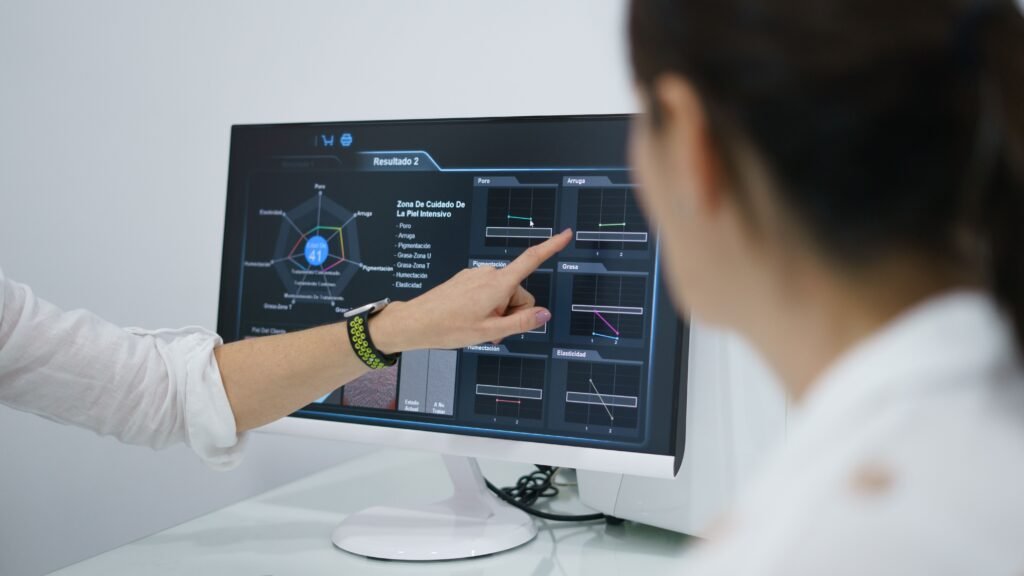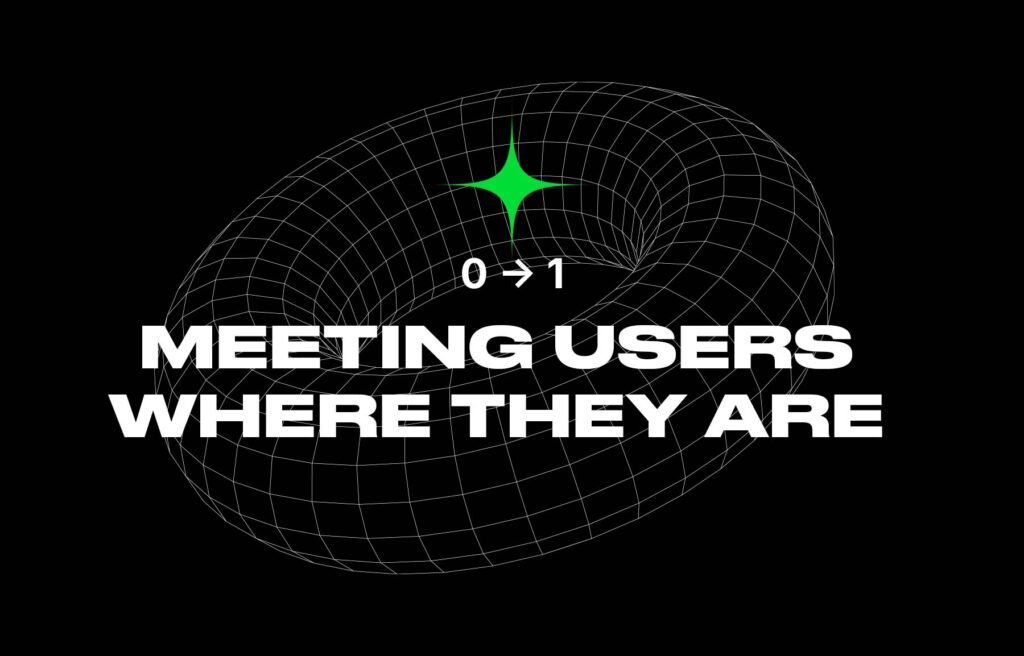Let Users Touch the Product: Designing for Agency
Too many apps and digital products treat users like passive observers. They surface dashboards, deliver reports, and walk users through prescribed paths. But they stop short of what really builds engagement: giving users the power to do something. The best tools go beyond presentation by creating space for interaction, decision-making, and play. They let users touch the product … continue reading






